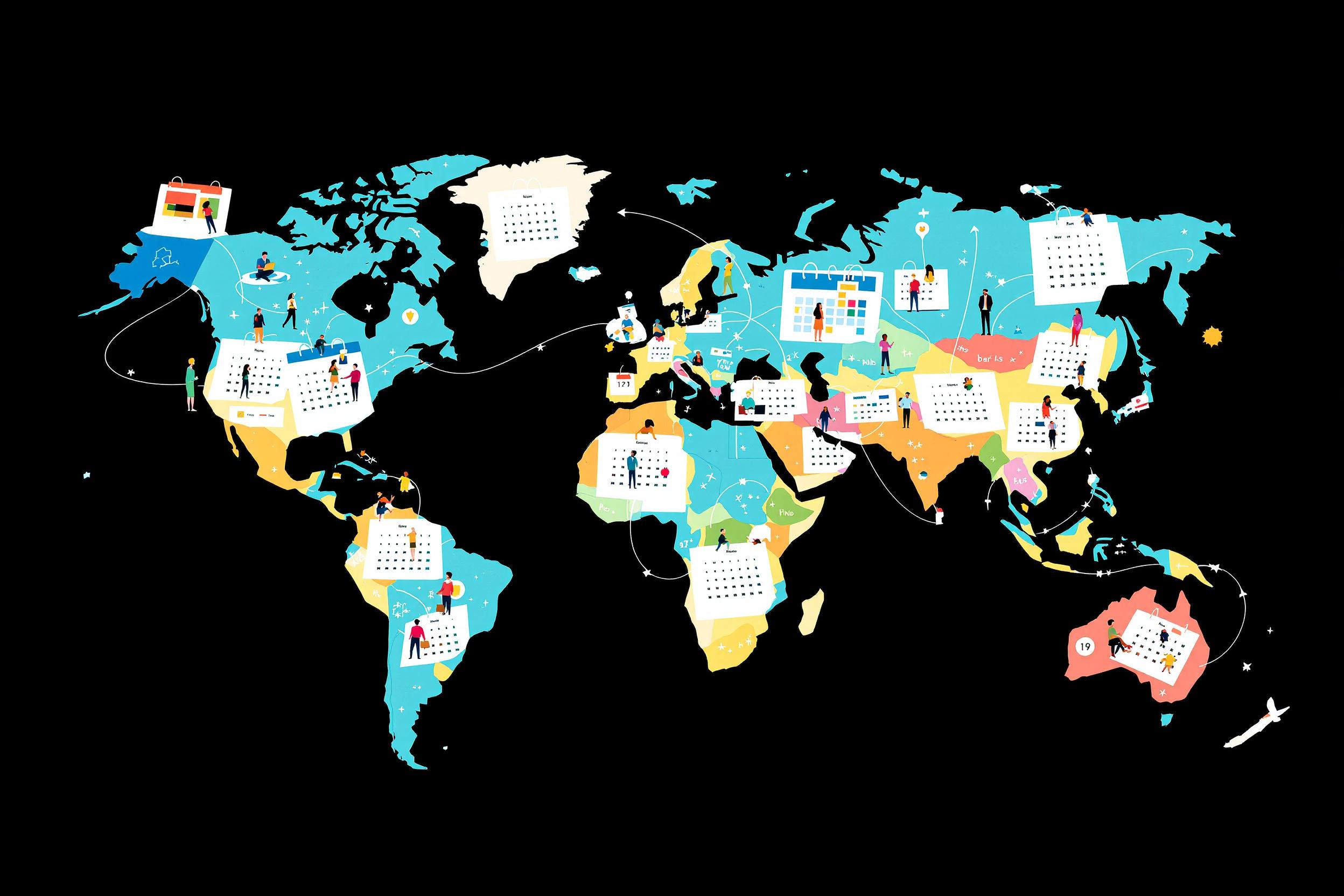
Food Station Design
Food Station Design refers to the planning and layout of mobile food service areas. This includes designing how food will be prepared, displayed, and served at events, food trucks, or temporary venues. It's like creating a mini-restaurant setup that can be moved around. This skill is important because it affects how efficiently staff can work, how quickly customers can be served, and how food safety standards are maintained. Similar terms include "mobile kitchen layout" or "portable catering setup." Having good Food Station Design helps ensure smooth operation during busy events and maintains proper food handling procedures.
Examples in Resumes
Created efficient Food Station Design for outdoor wedding events serving 200+ guests
Implemented Food Station Designs that reduced service time by 30% at corporate functions
Developed Food Station Layout solutions for multiple food truck operations
Typical job title: "Food Station Designers"
Also try searching for:
Where to Find Food Station Designers
Professional Networks
Industry Resources
Example Interview Questions
Senior Level Questions
Q: How would you design a food station setup for a 500-person outdoor wedding with multiple cuisine types?
Expected Answer: A senior designer should discuss factors like flow of service, staff positioning, equipment needs, power requirements, weather considerations, and backup plans. They should also mention food safety compliance and efficiency optimization.
Q: What are the key factors you consider when designing a food station that needs to serve 200 people in under an hour?
Expected Answer: Should explain traffic flow management, optimal number of serving points, staff placement, equipment selection, and how to prevent bottlenecks while maintaining food quality and safety standards.
Mid Level Questions
Q: How do you ensure food safety in a mobile food station design?
Expected Answer: Should discuss proper hot/cold holding equipment placement, hand washing stations, food storage considerations, and compliance with health department regulations.
Q: What equipment would you include in a basic food station design and why?
Expected Answer: Should be able to list essential equipment like holding units, preparation surfaces, refrigeration, and explain their proper placement for efficient workflow.
Junior Level Questions
Q: What is the importance of workflow in food station design?
Expected Answer: Should explain basic concepts of how food and staff move through the space, from preparation to service, and why efficient movement matters.
Q: What are the basic zones needed in a food station?
Expected Answer: Should identify preparation area, cooking area, plating area, and service area, and explain why they need to be arranged in a logical sequence.
Experience Level Indicators
Junior (0-2 years)
- Basic understanding of food service flow
- Knowledge of common catering equipment
- Understanding of food safety basics
- Simple layout planning
Mid (2-5 years)
- Efficient space utilization
- Equipment selection and placement
- Health code compliance
- Multiple station coordination
Senior (5+ years)
- Complex event planning
- Large-scale operation design
- Team training and supervision
- Budget optimization
Red Flags to Watch For
- No knowledge of food safety regulations
- Lack of experience with different types of service styles
- Unable to explain basic workflow concepts
- No understanding of power and water requirements for mobile operations
Need more hiring wisdom? Check these out...

Why Your Hiring Process is a Maze (And How Design Thinking Can Turn It into a Superhighway)

How Internal Gig Marketplaces Revolutionize Employee Development

Rewiring Your Interview Templates for Better Candidate Experience

